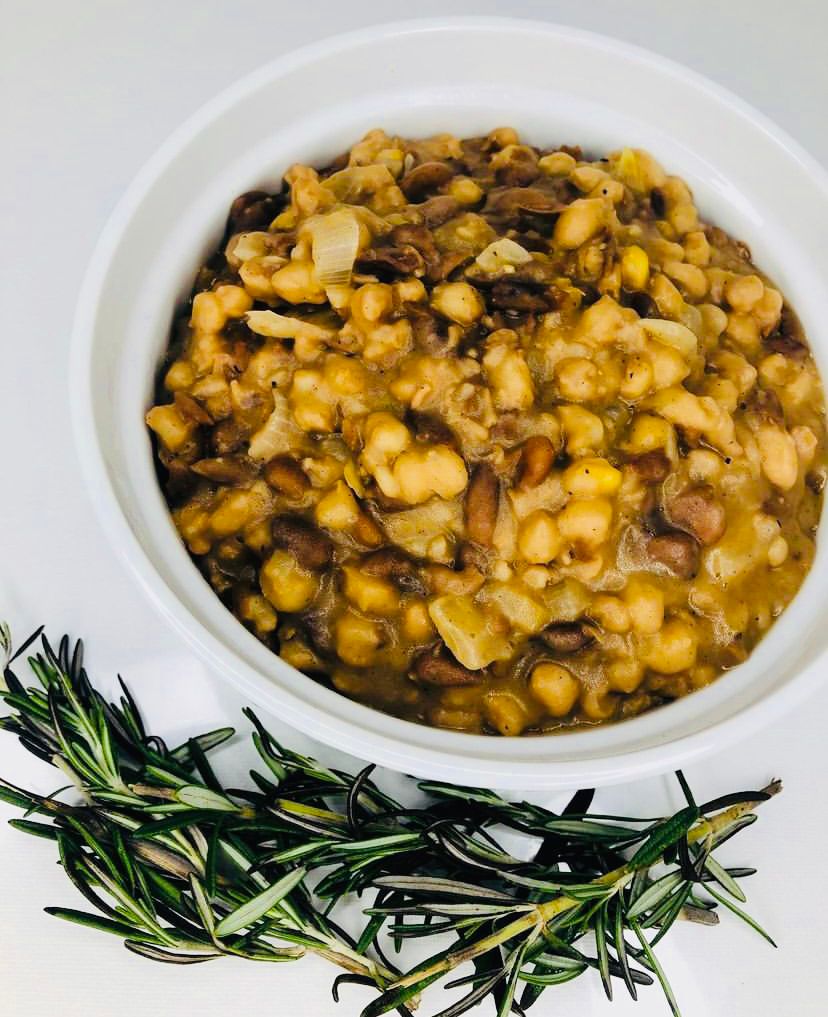In the vibrant tapestry of South African cuisine, few dishes hold as much cultural significance as samp and beans. This hearty and nutritious meal has been cherished for generations, originating from the indigenous communities and shaping the culinary traditions of the nation. In this article, we delve into the origins, preparation, and cultural importance of samp and beans, exploring the role it plays in South African heritage.
- Origins and Ingredients:
Samp and beans have deep roots in South African history, dating back to the time when indigenous communities cultivated maize and beans as staple crops. Samp refers to the dried corn kernels, while the beans can vary, with popular choices including sugar beans, butter beans, or cowpeas. The combination of these ingredients creates a dish that is both nourishing and flavorsome.
- Preparation and Cooking Methods:
The preparation of samp and beans is a labor of love, requiring time and patience. The dried samp and beans are soaked overnight, then simmered together until tender. This slow cooking process allows the flavors to meld, creating a rich and comforting dish. Traditional variations often incorporate onions, tomatoes, and spices, such as garlic, coriander, and cumin, to enhance the taste profile.
- Cultural Significance:
Samp and beans hold deep cultural significance in South Africa, representing a connection to the country’s heritage and communal traditions. Here are some aspects that highlight its cultural importance:
a. Nourishment and Sustenance: Historically, samp and beans provided sustenance to communities across South Africa. It was a staple dish that offered much-needed nutrition and energy, sustaining families and helping them endure challenging times. Today, it remains a symbol of resilience and survival.
b. Communal Dining: Samp and beans are often prepared and enjoyed communally, bringing people together to share a meal. The act of gathering around a pot of simmering samp and beans fosters a sense of unity, strengthening social bonds and nurturing the spirit of togetherness.
c. Cultural Celebrations: Samp and beans play a prominent role in cultural celebrations, such as traditional weddings, festivals, and family gatherings. It is frequently served alongside other traditional dishes, signifying the preservation and appreciation of cultural heritage.
d. Symbol of Identity: Samp and beans are an integral part of South African identity, representing the diverse culinary traditions that have shaped the nation. It reflects the fusion of indigenous, African, and European influences, highlighting the cultural diversity and inclusivity of South African society.
- Contemporary Interpretations:
While the traditional preparation of samp and beans remains cherished, contemporary interpretations have also emerged. Chefs and home cooks alike have experimented with flavors, incorporating modern twists while still honoring the essence of the dish. Creative additions such as herbs, spices, and vegetables elevate the taste profile, offering a delightful fusion of tradition and innovation.
Samp and beans stand as a testament to the cultural richness and culinary heritage of South Africa. Beyond being a nourishing meal, it embodies a spirit of communal dining, cultural celebration, and national identity. As you savor the flavors and textures of this traditional dish, let it serve as a reminder of the resilience, unity, and diverse cultural tapestry that make South Africa a truly remarkable nation.








